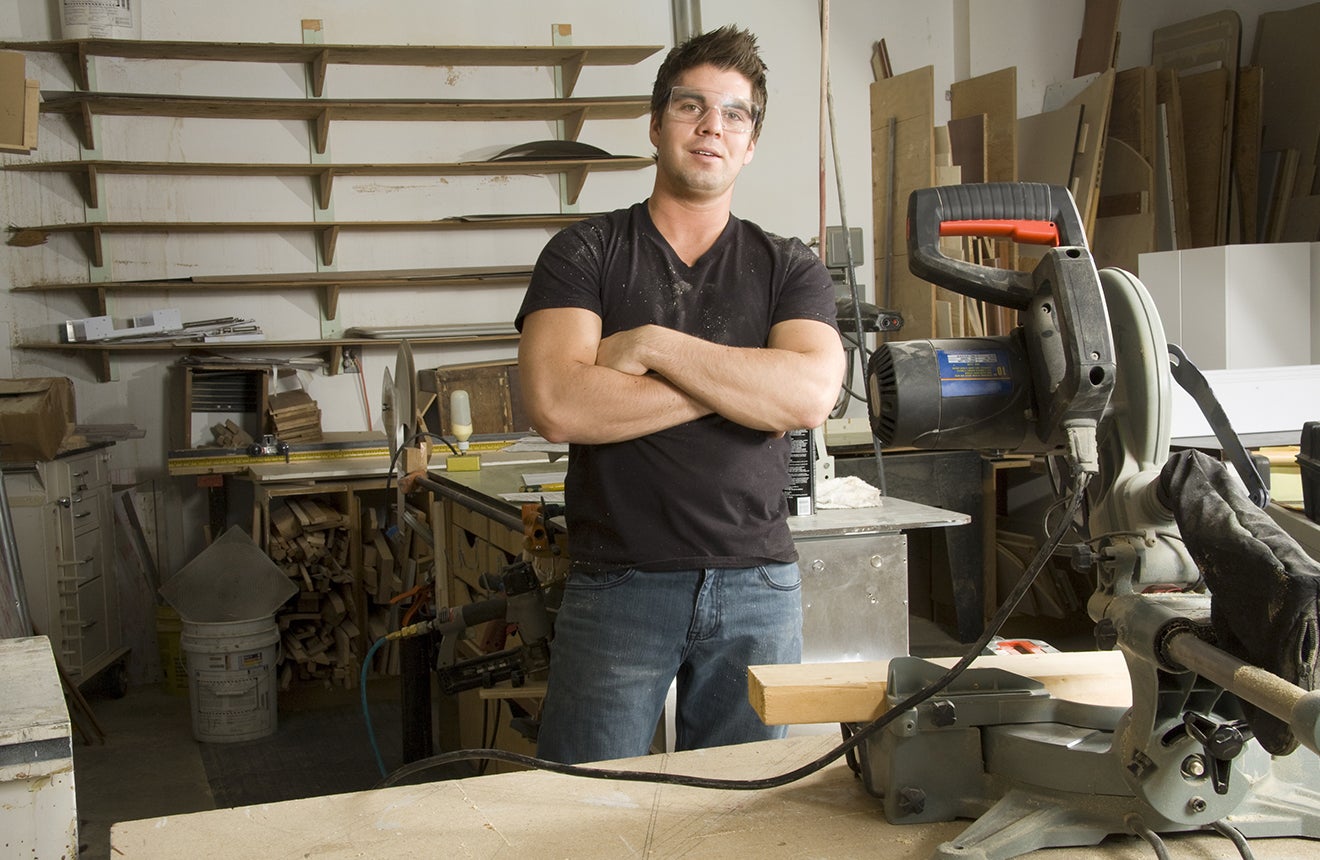5 safety tips for your home workshop
Without taking proper precautions, the enjoyment of a do-it-yourself project can quickly turn into disaster. You may have all the latest power tools, hand tools, hardware and materials, but if you do not put safety first, you may end up with a trip to the hospital instead of a new set of shelves, upgraded lighting in the kitchen or a trendy shiplap accent wall in the bedroom. Here are some fundamental workshop and electrical safety tips to help keep things running smoothly.
Gear, glasses and gloves
The first rule of workshop safety is to dress appropriately. Avoid loose clothing that can get caught in power tools. Never wear dangling jewelry or scarves. Roll up your sleeves or choose ones that are tight against your skin. Closed-toe shoes are a must, and steel-toed boots are
recommended.
Safety glasses are necessary 100% of the time. Gloves are fine for handling materials. Before you reach for a belt sander or scroll saw, however, take the gloves off to minimize the risk of them getting caught and so you get tactile feedback in case anything goes wrong.
Observe electrical safety
Before you start any DIY project, inspect all your power tools and their cords for loose plugs, exposed wires or worn insulation. Fires are one of the top dangers when working with electric gear, especially if you have combustible materials around, such as sawdust.
If you must use an extension cord, choose one long, heavy-duty (appropriately rated) cord and keep it untangled and out of the way to prevent tripping and yanking your tools off the workbench. When you are done working, unplug everything from the extension cord and put it away.
Keep your workshop clean
Anything left on the floor is a tripping hazard, and you do not want to imagine what could happen if you trip while using a power tool. Anything cluttering up your worktable introduces obstacles that can get caught in a saw or drill mechanism or block your ability to move your project safely as you work on it. The byproducts of do-it-yourself work, such as sawdust, cast-off nails and screws, and rags or brushes with potentially combustible or hazardous fluids on them, increase the risk of fires and projectiles.
Keep tools in good condition
Besides inspecting the cords and plugs for electrical safety, everything works better in the workshop if you have clean, sharp and well-lubricated tools. A dull saw blade brings a much higher chance of injury than a sharp one. It is less likely to cut smoothly through the wood or other aterial
and more likely to kick back and cut you. Dull saws, routers or drill bits also run the risk of breaking during use. Use appropriate lubrication, such as WD-40 or others specifically created for power tools.
Know your limits
If you have a lot of experience as a do-it-yourselfer, there are projects you can tackle from memory.
However, approach anything new as if you are a beginner for maximum workshop safety. Read instructions. Look up reputable guide videos to refresh your skills or learn something new. Most importantly, recognize when you are in over your head and leave those non-DIY projects to the
professionals.

